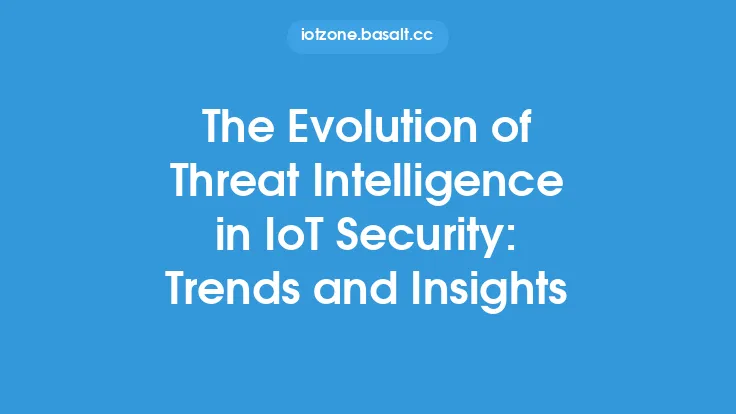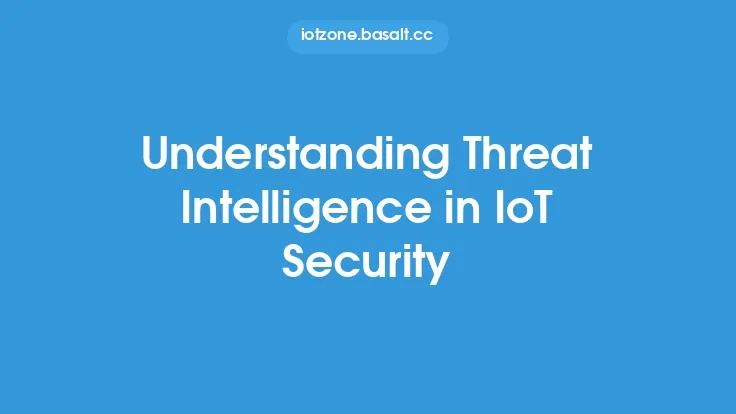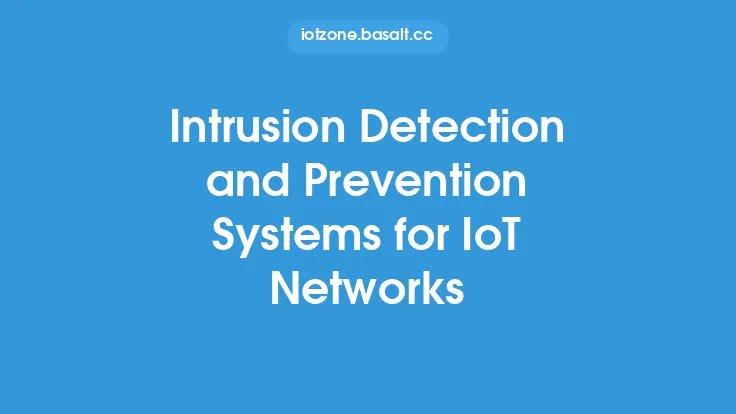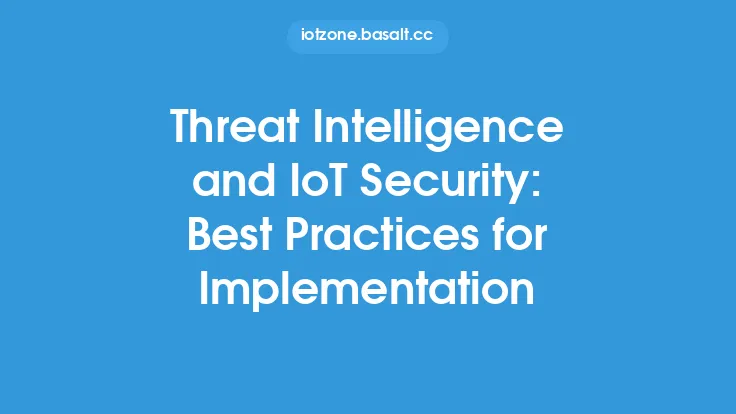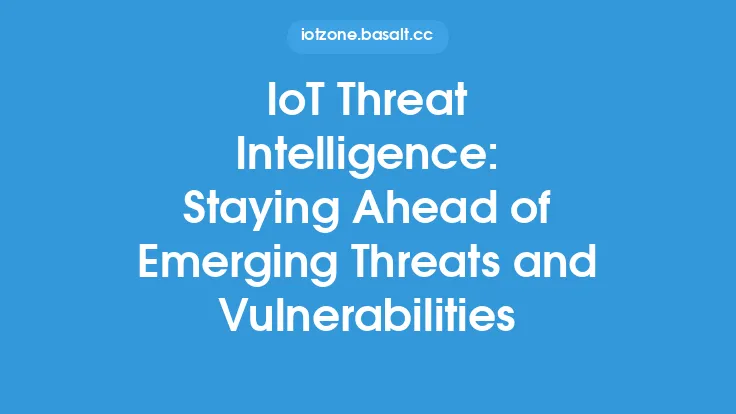The increasing number of devices connected to the internet has created a vast network of potential vulnerabilities, making security a top concern in the Internet of Things (IoT). As the IoT continues to grow, the need for robust security measures has become more pressing. This is where artificial intelligence (AI) comes into play, offering a powerful solution for threat detection and prevention in IoT security. AI-powered systems can analyze vast amounts of data from various sources, identify patterns, and detect anomalies, making them an essential tool in the fight against IoT-based threats.
Introduction to IoT Security Threats
IoT devices are inherently vulnerable to security threats due to their limited computational resources, lack of standardization, and often, poor security protocols. The consequences of a security breach can be severe, ranging from data theft and disruption of services to physical harm. Common IoT security threats include device hijacking, data breaches, and distributed denial-of-service (DDoS) attacks. The complexity and diversity of these threats necessitate the use of advanced security measures that can adapt and evolve alongside the threats themselves.
Role of Artificial Intelligence in IoT Security
Artificial intelligence plays a crucial role in enhancing IoT security by providing real-time threat detection and prevention capabilities. AI algorithms can analyze data from IoT devices, networks, and systems to identify potential security threats. These algorithms can learn from experience, improving their detection accuracy over time. AI-powered systems can also automate many security-related tasks, such as monitoring, incident response, and vulnerability assessment, freeing up human security professionals to focus on more complex and strategic tasks.
Machine Learning for Threat Detection
Machine learning, a subset of AI, is particularly effective in IoT security for threat detection. Machine learning algorithms can be trained on datasets of normal and malicious traffic to learn patterns and anomalies. Once trained, these algorithms can classify new, unseen data as either normal or malicious, allowing for the real-time detection of threats. Techniques such as supervised learning, unsupervised learning, and reinforcement learning are used, depending on the availability of labeled data and the specific requirements of the IoT environment.
Deep Learning for Advanced Threat Detection
Deep learning, a type of machine learning inspired by the structure and function of the brain, offers even more advanced capabilities for threat detection in IoT security. Deep learning models, such as neural networks, can analyze complex patterns in data, including images, sound, and text, making them highly effective in detecting sophisticated threats. For example, deep learning can be used to analyze network traffic patterns to identify zero-day exploits or to detect malware that has evaded traditional security measures.
Challenges and Limitations
Despite the potential of AI in IoT security, there are several challenges and limitations to its adoption. One of the main challenges is the lack of standardization in IoT devices and protocols, which can make it difficult to develop AI models that can work across different devices and systems. Additionally, the collection and labeling of data for training AI models can be time-consuming and resource-intensive. Furthermore, AI systems can be vulnerable to adversarial attacks, where attackers manipulate the input data to mislead the AI model. Addressing these challenges will be crucial for the widespread adoption of AI in IoT security.
Future Directions
The future of AI in IoT security looks promising, with ongoing research and development aimed at addressing current challenges and limitations. One area of focus is the development of more efficient and lightweight AI models that can run on resource-constrained IoT devices. Another area is the integration of AI with other security technologies, such as blockchain and edge computing, to create more comprehensive and robust security solutions. As the IoT continues to evolve, the role of AI in securing these devices and systems will become increasingly important, offering a powerful tool in the fight against cyber threats.
Implementing AI in IoT Security
Implementing AI in IoT security requires a strategic approach that considers the specific security needs of the IoT environment. This includes assessing the types of threats faced, the capabilities of the IoT devices, and the existing security infrastructure. AI solutions can be implemented at various levels, from the device level to the network and cloud levels. It's also important to ensure that AI systems are transparent, explainable, and fair, to build trust and confidence in their decision-making processes. By carefully planning and executing the implementation of AI in IoT security, organizations can significantly enhance their security posture and protect against evolving threats.
Conclusion
Artificial intelligence is revolutionizing the field of IoT security by providing advanced threat detection and prevention capabilities. Through machine learning and deep learning, AI can analyze vast amounts of data, identify patterns, and detect anomalies, making it an essential tool in the fight against IoT-based threats. While there are challenges and limitations to the adoption of AI in IoT security, ongoing research and development are addressing these issues. As the IoT continues to grow and evolve, the importance of AI in securing these devices and systems will only continue to increase, offering a powerful solution for a more secure and connected future.
